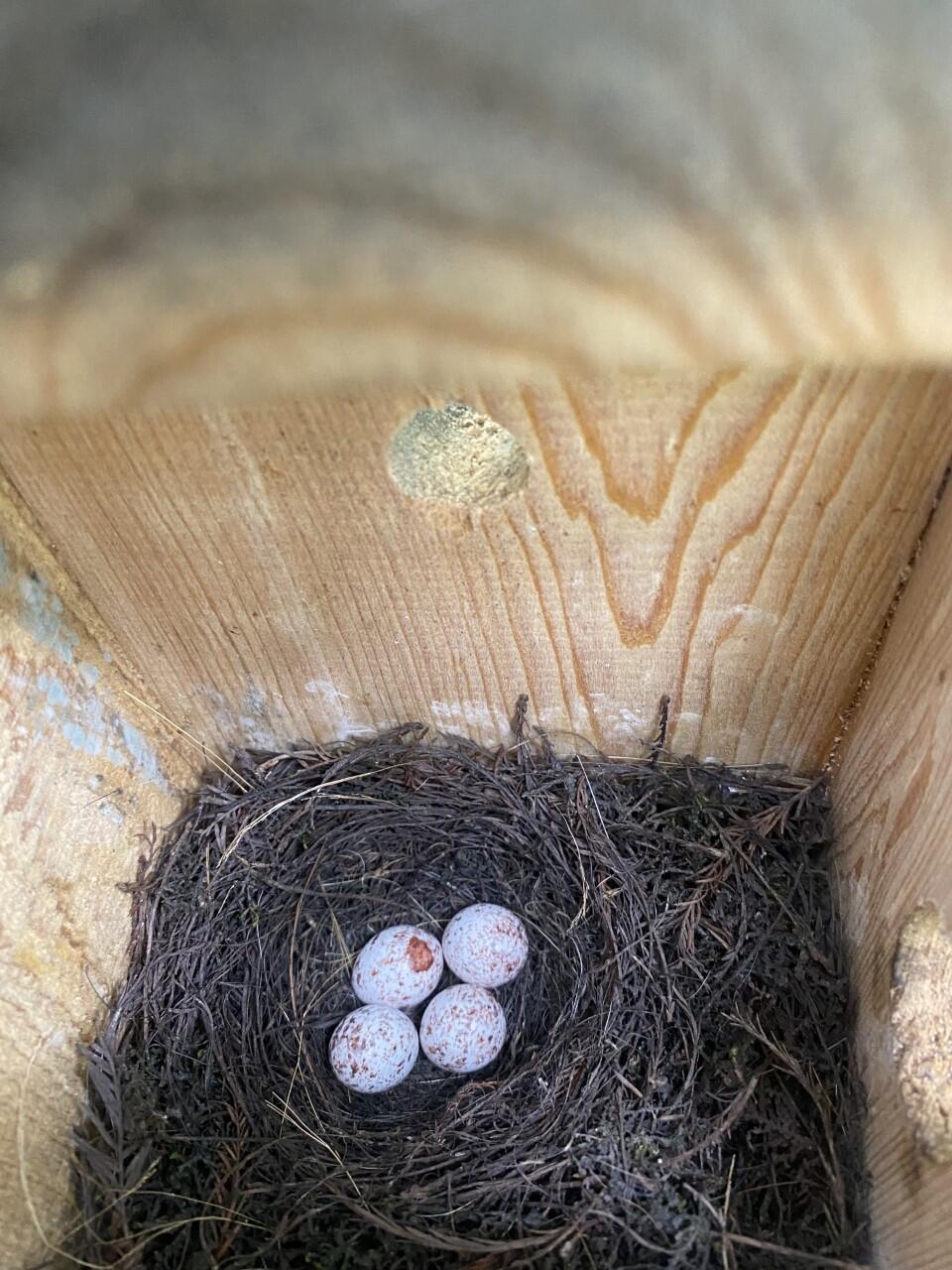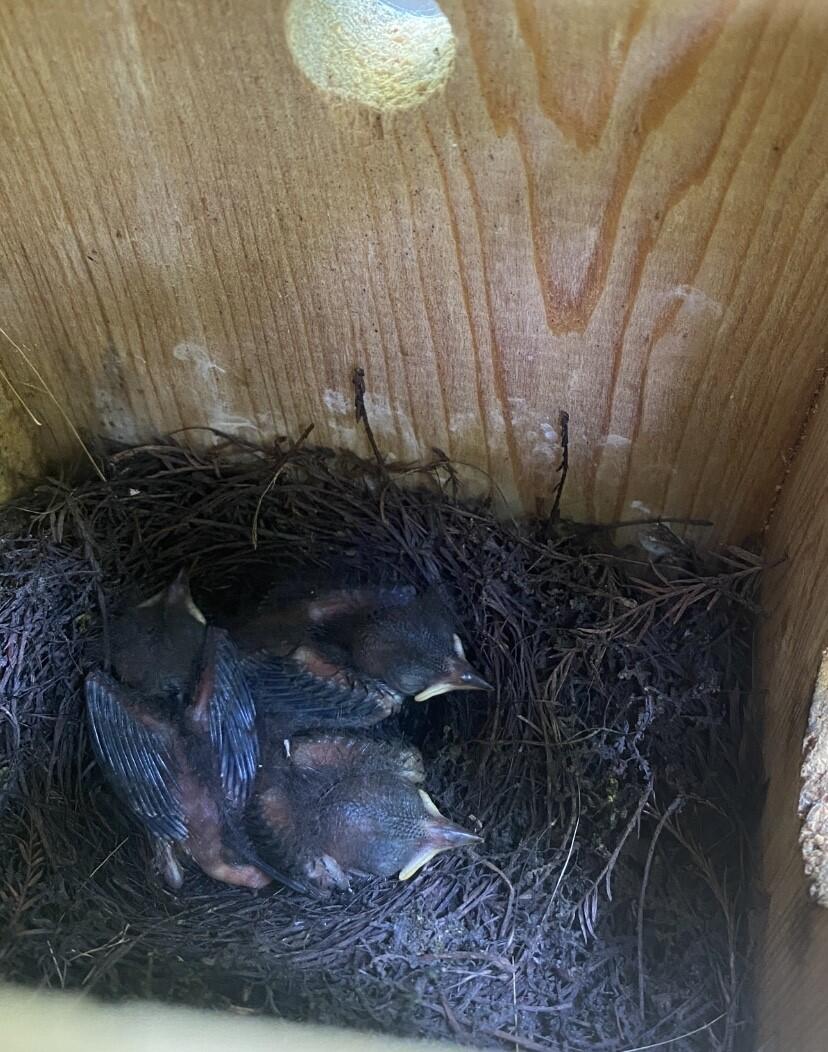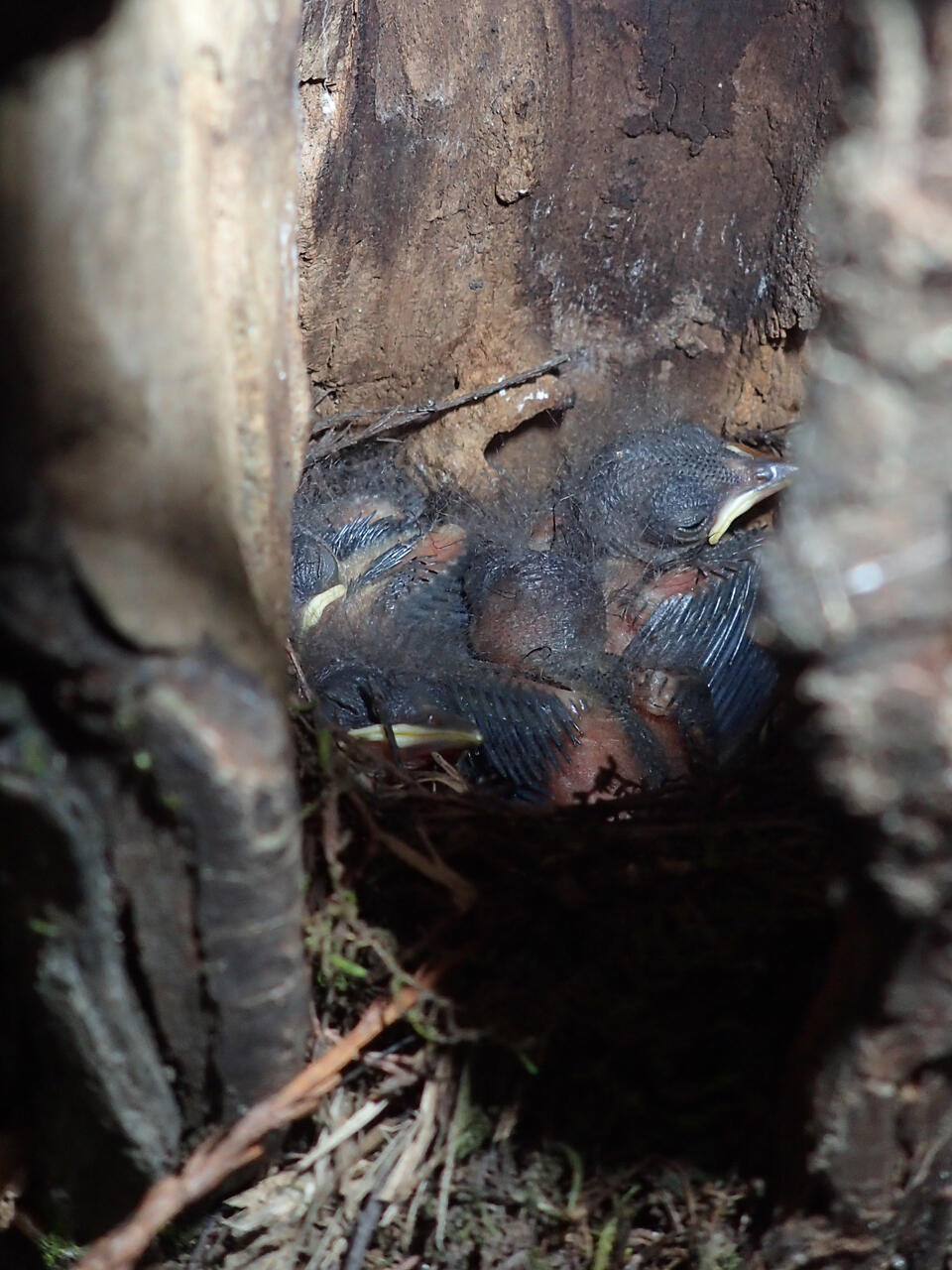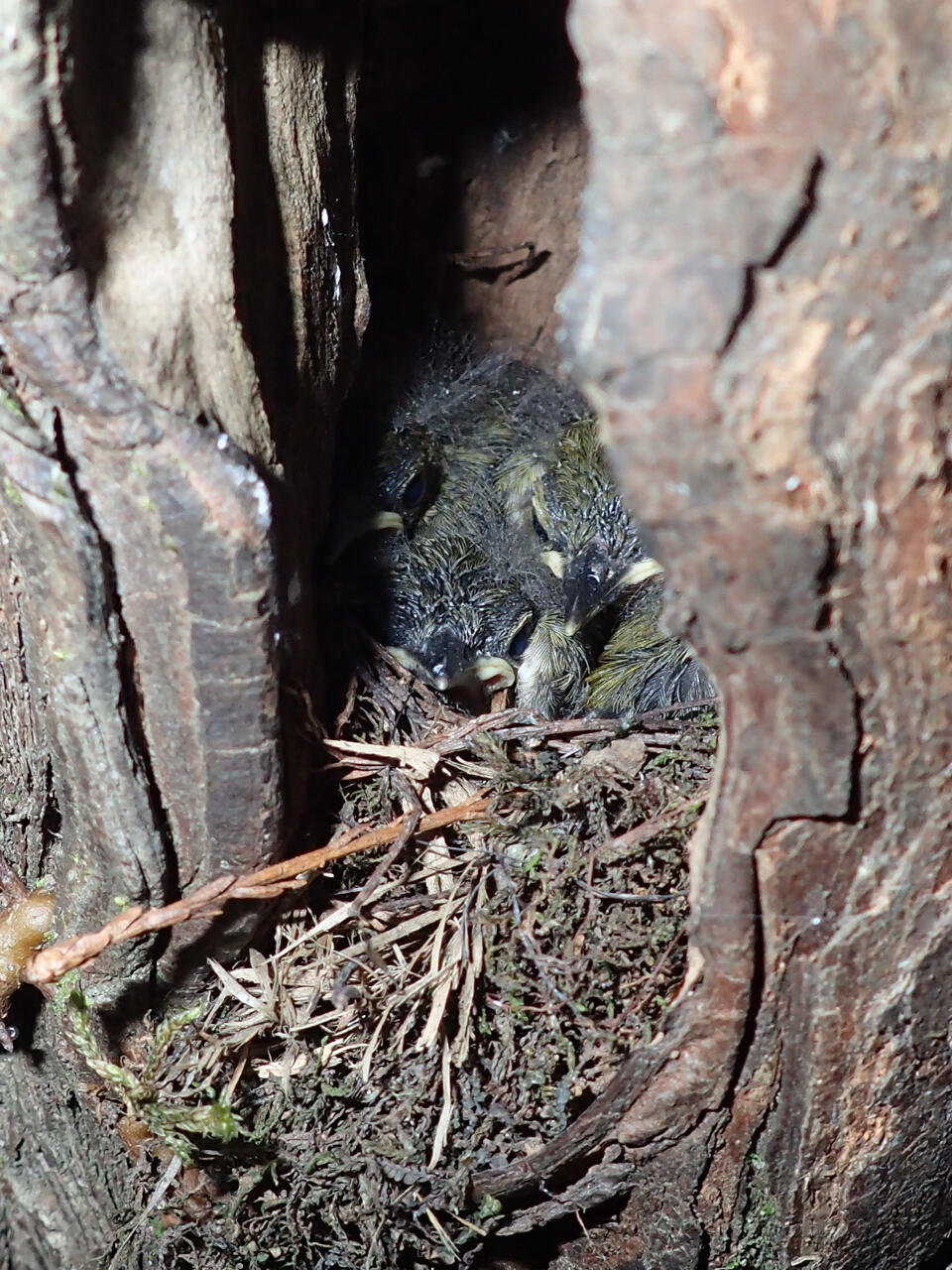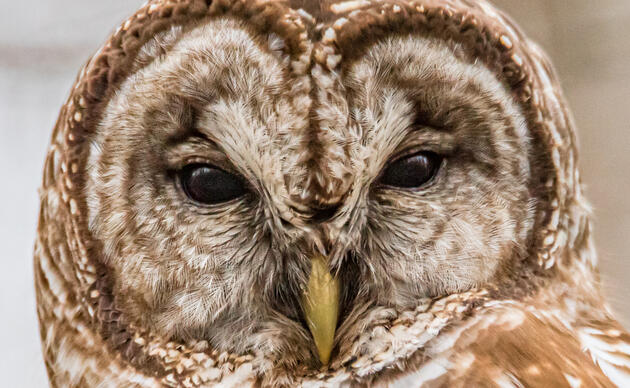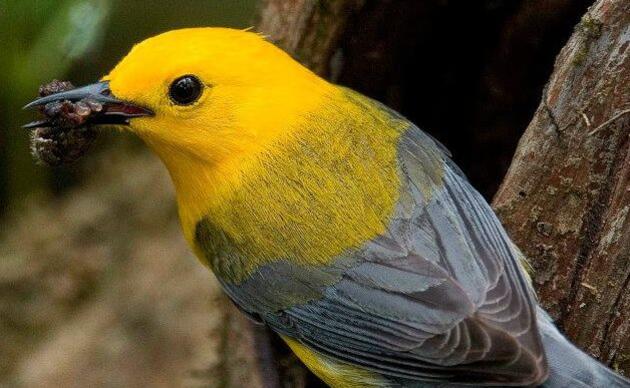Prothonotary Monitoring and NestWatch

Started in 2022, the Prothonotary Warbler Monitoring Project at Beidler Forest aims to collect valuable nesting data on our resident birds each breeding season. Utilizing tools and protocols from the Cornell Lab of Ornithology’s NestWatch Program, our staff, interns, and volunteers collect nesting data each year starting in the spring. At the conclusion of the breeding period, our data is compiled and analyzed to further our conservation efforts here at Beidler and then shared with NestWatch, a continually growing database used by researchers to understand and study birds.
You can learn more about NestWatch here.
Totals for 2023 season:
- Total Eggs: 49
- Total Young: 47
- Total Fledglings:46
FAQ:
How long is the monitoring project each season?
We check nests starting in April and are usually done by mid-July, when the breeding season is tapering off. If you visit Beidler during this time, you might see one of our naturalists in the swamp completing a nest check!
Does nest monitoring disturb the birds?
We follow a strict set of ethical guidelines and scientific protocols to ensure that nest monitoring causes little to no disturbance to the birds in our study. All of our staff, interns, and volunteers undergo essential training to become certified NestWatch monitors.
How do you check nests in a swamp?!
Very carefully! The swamp environment is not the easiest study site in the world, especially during the late spring and early summer. Our nest monitors don their best swamp gear, remain aware of their surroundings at all times, and be sure to stay safe and hydrated during nest checks. Our goal is to complete each nest check as quickly and safely as possible!
Do you check nest boxes only?
Nope! Prothonotary Warblers are cavity nesters, raising their young in dead trees, woodpecker holes, and even cypress knees! We install boxes to offer additional nesting opportunities, but we will check any known, active nest site that we can safely get to.
What do you do if you find birds other than Prothonotary Warblers in nest boxes?
We collect that data too! NestWatch accepts data on all North American breeding birds. Because we are located in a gorgeous old growth swamp, our focal species is the Prothonotary Warbler. But all data is valuable.
How you can help, right now
Boardwalk Tickets
We're open Wednesdays thru Saturdays 9 AM to 5 PM and
Sundays 11 AM to 4 PM.
Beidler Membership
Click here to purchase a membership, which provides free admission for a year and other benefits. We offer both Individual and Family Memberships.
Donate to Beidler Forest
If you wish to support us, please consider donating. 100% of your donation goes back into Beidler Forest.

